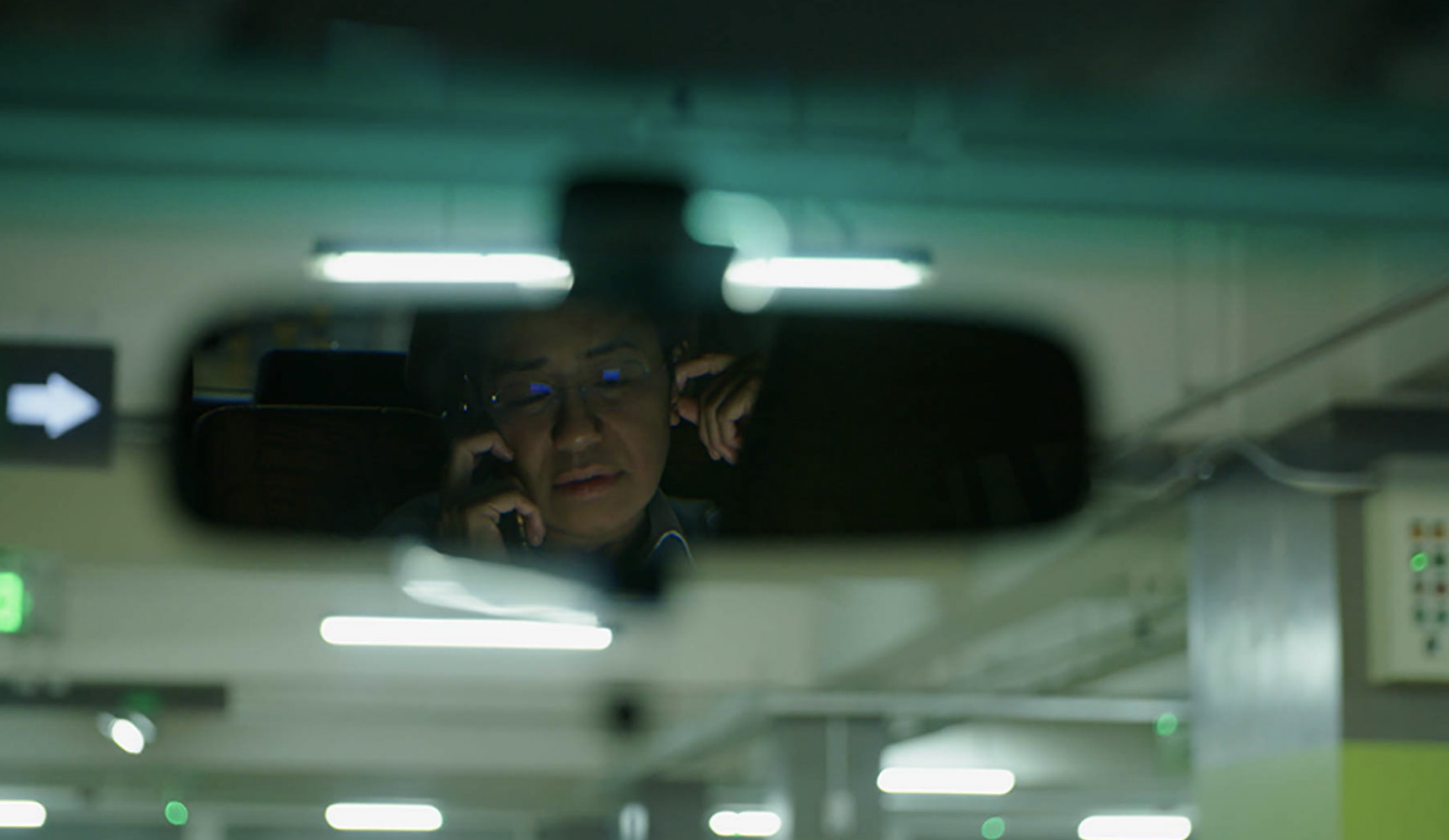
Ramona Diaz, producer and director of A Thousand Cuts, is an award-winning Filipino-American filmmaker, who built her career on sharing Filipino stories with the world. She began her independent filmmaking career back in 1996, with the release of Spirits Rising, a film about women in the Philippine Revolution of 1986. The majority of her work consists of documentaries, which gives viewers an intimate look into the lives of those she’s filmed. When Rodrigo Duterte became president of the Philippines in 2016 and declared a drug war, which included extrajudicially murdering poverty-stricken drug addicts, Diaz knew that this was a story that needed to be shared.
Because this film is about the Duterte administration, and by extension the political atmosphere in the Philippines, you have to understand that their political history looks vastly different from that of America. The Philippines came under Spanish rule in 1565, and then under American rule in 1898. They were not a sovereign nation until 1946, and even then, this democracy didn’t last. Just 19 years after becoming an independent nation, Ferdinand Marcos was elected and then declared martial law, forcing the nation to suffer 21 years of authoritarian rule. After decades of rebuilding civic liberty and improving democratic institutions, the election of Duterte has already began to undo this hard work.
The story of Rodrigo Duterte serves as a cautionary tale to the rest of the world. During his campaign, he promised the people revenge; he promised a drug war where every drug dealer and every drug addict would be killed. And he kept that promise. The same day he was sworn into office, the bodies began to drop. The problem is anyone who was suspected to be a drug addict or a drug dealer could wind up dead. These aren’t state-sanctioned executions akin to a death penalty. instead, it’s a combination of police officers killing on a whim and citizens being urged by the president to kill those they think are guilty.
In A Thousand Cuts, which premiered at Sundance 2020 on January 25th, Diaz follows Duterte’s drug war through a lens of press freedom and the erosion of democracy. Throughout the film, we meet notable people from both sides of the story. In support of Duterte, we have Bato Dela Rosa, a military general-turned-senator who is committed to Duterte’s drug war, and Mocha Uson, a Filipino entertainer and self-proclaimed “Diehard Duterte Superfan” with over five million followers.
The film focuses on Maria Ressa, the CEO and co-founder of Rappler. Rappler is an online multimedia Filipino news network, and is one of the few news outlets that is critical of the Duterte administration. During the film, we watch the freedom of the press erode. In response to criticism from Rappler, the Duterte administration begins to strip the company of access, refusing to let reporters into political conferences and presidential speeches. Over the course of one year, the administration made 11 separate charges against Rappler.
Maria Ressa, as the face of the company, becomes a target. During filming, Maria gets arrested multiple times, we watch her get threatened by Duterte himself, we are shown countless comments where his supporters threaten to kill and sexually assault her. It’s terrifying. Yet, despite all of this, she stands strong in the face of opposition, and continues to publicly criticize the Duterte administration and their attempts to stifle the freedom of the press.
This is a powerful film, coming at a critical point in history. We are in the era of Dutertes and Trumps, where machismo, fear, and dangerous politics collide. Diaz manages to capture this, and gives the audience a front row seat to what the death of democracy looks like. In spite of this, the film ends with a feeling of hope. Maria never gives up, she never shows fear, and she continues to do what she knows is right. Rappler gains international attention and support. Although at times A Thousand Cuts might be uncomfortable to watch, it’s a story that is so much bigger than the Philippines, and it’s a story that needs to be heard.
